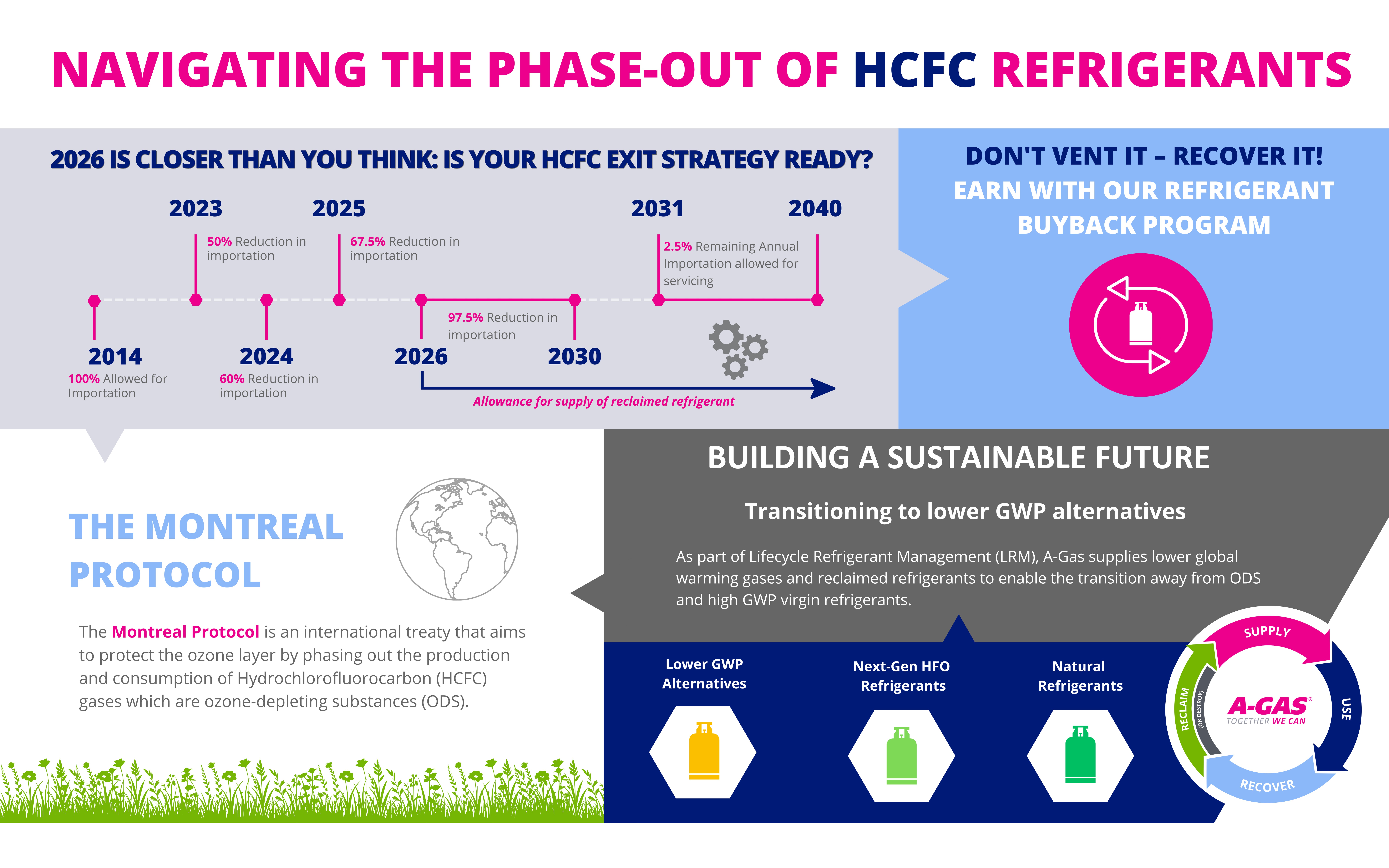R22 Refrigerant: South Africa’s 2026 quota cut to 2.5%
By Diane Silcock
SOUTH Africa’s Heating, Ventilation, Air Conditioning, and Refrigeration (HVAC-R) sector is at a critical intersection concerning the phasing out of R22, a hydrochlorofluorocarbon (HCFC) commonly used as a refrigerant. Starting in 2026, the R22 import quota will reduce to 2.5% of the current consumption.
As part of its commitment to environmental sustainability and compliance with international agreements like the Montreal Protocol, South Africa has been accelerating the phase-out of R22.
![]()
SARACCA, the South African Refrigeration and Air Conditioning Contractors Association, is mandated by the Department of Labour to oversee the registration and safe handling of refrigerants. SARACCA Executive Director, David Botha says that the reduced import quota of R22 will have a direct impact on the market as only between 80 to 100 tons of these HCFCs will be entering the market for service and repair purposes.
“This reduction is intended to minimise the environmental impact of R22, which is known to deplete the ozone layer and contribute to global warming. The strategy includes promoting alternatives that are more environmentally friendly, such as hydrofluoroolefins (HFOs) or other low-GWP (global warming potential) refrigerants,” notes Botha.
SARACCA, which represents the interests of contractors and service providers in the refrigeration and air conditioning industry, focuses on advancing the profession through education, training, and promoting best practices among its members. For SARACCA, the phasedown of HCFCs involves training and supporting technicians and businesses in transitioning to more sustainable alternatives, ensuring they are well-prepared for the changes in regulations and technology.
Botha says that progress in the phase-out of R22 is slow in some cases, “We do have a bigger problem in that we are not recovering sufficient quantities of R22, and if we break this down, we are only recovering 2% of the total import of R22 (for every 100kg of refrigerant we are only recovering 2kg). This is not taking into account the bulk of equipment installed in the country that is running on R22 refrigerants.”
SARACCA is working with the South African government which is running programmes to improve this situation. “Moving away from HCFCs is the responsibility of everyone in the industry, and having qualified, registered personnel working on the systems is a must and not a nice-to-have,” says Botha.
Overall, this initiative is part of South Africa’s broader efforts to align with global environmental standards and to protect both the environment and public health.
A-GAS, a world leader in supply and lifecycle management of refrigerants and associated products and services, says the industry now faces three viable options: maintain and retrofit; invest in flexible equipment; or adopt natural refrigerants.
A-GAS says, “The journey towards a low-GWP future is complex but essential for environmental and regulatory compliance. Industry stakeholders must weigh their options carefully, considering both immediate costs, long-term benefits and system implications. By choosing the right pathway, South Africa’s HVAC-R sector can achieve a seamless transition while contributing to global efforts to mitigate climate change.”
As South Africa advances towards a low-GWP and environmentally-sustainable future, SARACCA remains steadfast in its role as an industry leader and regulator. Through continuous collaboration with government, training authorities, and industry stakeholders, the Association is intensifying efforts to strengthen refrigerant recovery, upskill technicians, and uphold compliance with international environmental standards. SARACCA’s commitment to innovation, education, and responsible practice ensures that the HVAC-R sector remains equipped to meet evolving global requirements while safeguarding both the environment and public safety.
For further information visit https://www.saracca.co.za/
